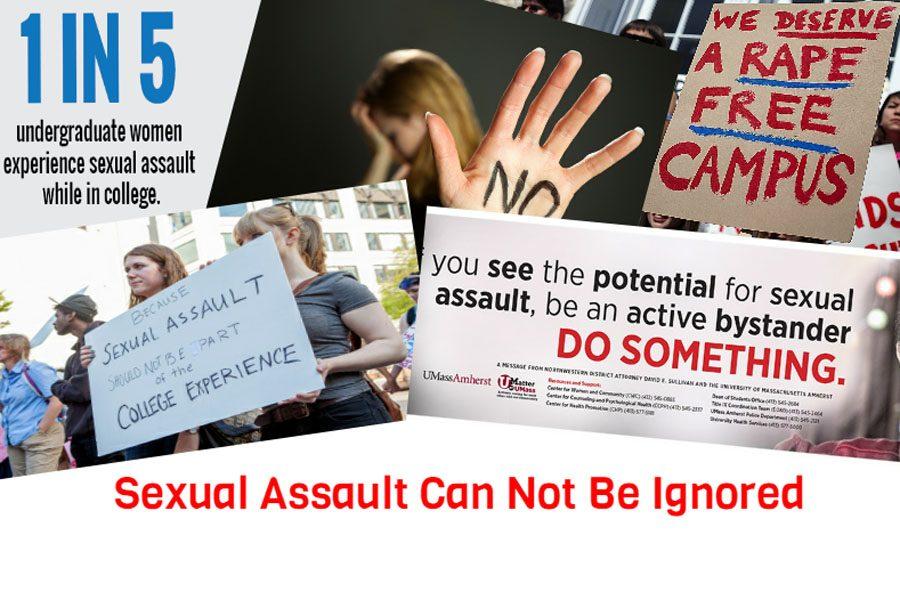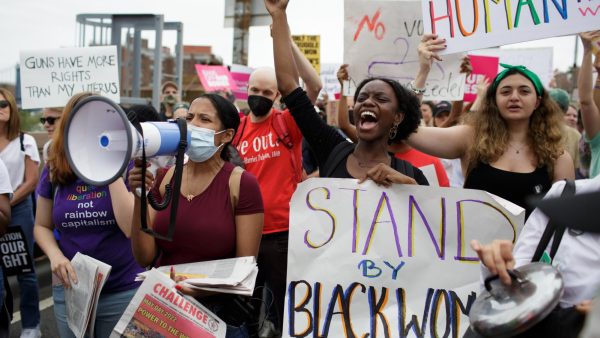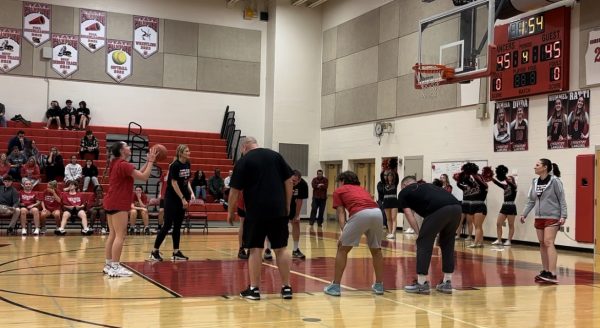Choosing a college: Should you worry about assault?
March 23, 2017
Many high school students are excited to choose their colleges based on their academic needs and social life, but are they also looking at the crime records?
The U.S. Campus Safety and Security website offers data about the number of crimes that have been committed on any U.S. campus. Over the past few years, the number of sexual assaults reported on college campuses has risen. That may be due to an increase in reporting, not necessarily an increase in attacks.
According to the Wall Street Journal, “The number of forcible sex crimes reported on U.S. college and university campuses more than doubled to 5,000 between 2001 and 2013.” The article goes on to explain that students are increasingly reporting what has happened instead of staying silent. Bullying on campus has declined.
One instance is the case of Brock Turner, a Stanford swimmer who sexually assaulted an unconscious woman behind a dumpster in January 2015. Even with two witnesses, Turner had many charges dropped due to lack of physical evidence. He was sentenced to six months in prison and only served three months. The average rapist is sentenced to 10 years in prison, and the average time served is five years.
It’s cases like this that spark outrage in communities. Many took to Twitter to voice their displeasure about the short period of time that he spent in prison.
@KaylarWill tweeted, “Brock Turner did three months for rape. My old coworker did a longer sentence for driving on a suspended license.”
Statistically speaking, one in five women and one in 16 men will be sexually assaulted in college. This statistic can be frightening for seniors who will be leaving for college in less than six months.
It’s not that the number of incidences has increased; it’s the increase in awareness and reporting. Even though the numbers are swinging upward, so are the colleges’ efforts to make campuses more safe.
Since the Turner case, many colleges have put programs in place to aid sexual assault victims and prevent sexual assaults. McDaniel College won a $750,000 grant from the Department of Justice for their programs that prevent sexual assaults and prosecute offenders. Nine other local colleges including Stevenson and Loyola have also received this grant.
In the public announcement about the grant, Stevenson University‘s Vice President of Human Resources and Title IX Coordinator said, “This approach to preventing and responding to sexual assault and dating violence will draw on the strengths and experience of all of our institutions.”
Many universities also have webpages with resources for victims of sexual violence and for those who want to prevent it. Towson University’s police department has an escort service that is available during hours of darkness for those who feel unsafe walking home alone.
Towson also has a Sexual Harassment and Assault Prevention and Education Committee (SHAPE) that meets monthly. “The committee’s primary objective is to develop and implement awareness and prevention programs and training for all university students and staff.”
Carol Wuenschel, Title IX Coordinator at Hood College said, “The Title IX Committee held a highly successful event in the fall known as the ‘Red Flags’ campaign. The Red Flags contained messages on unhealthy dating relationship behaviors. The flags were placed all over campus and provided the opportunity for reflection and discussion among many different groups. The campaign concluded with a student-initiated forum including a panel discussion. Another community outreach effort includes the ‘Yards for Yeardley’ event that will be co-sponsored by the Title IX Committee and student-athletes in the spring to bring attention to dating violence.”
Red flags for dating violence from the Red Flag Campaign:
- coercion
- jealously
- stalking
- emotional abuse
- sexual assault
- isolation
- victim blaming













